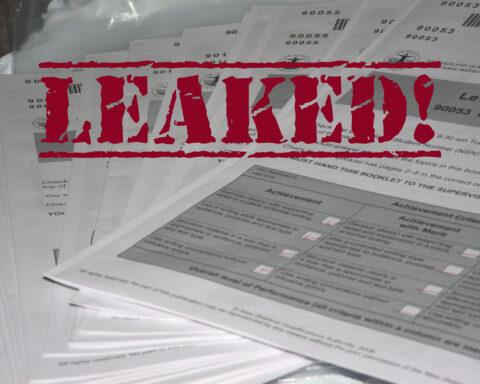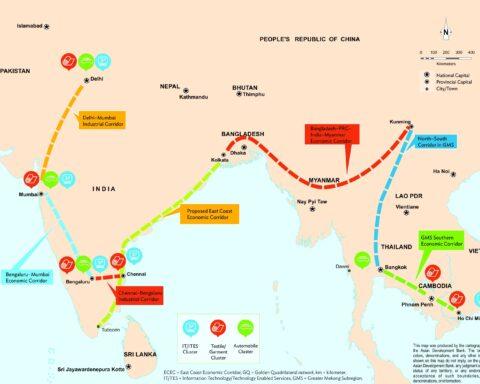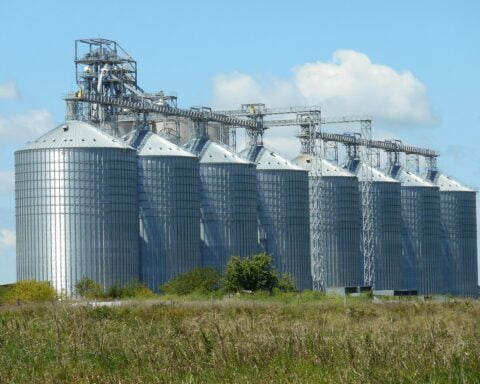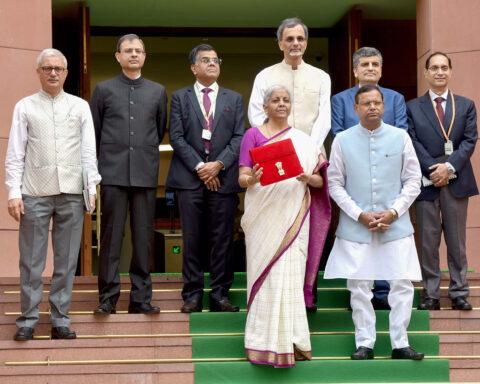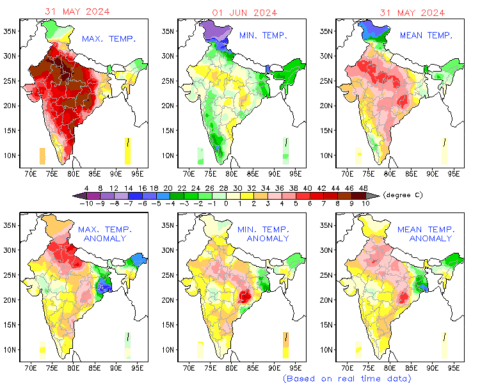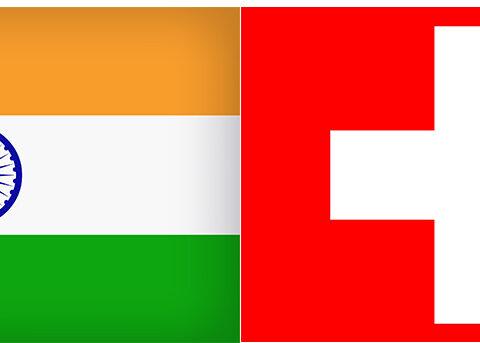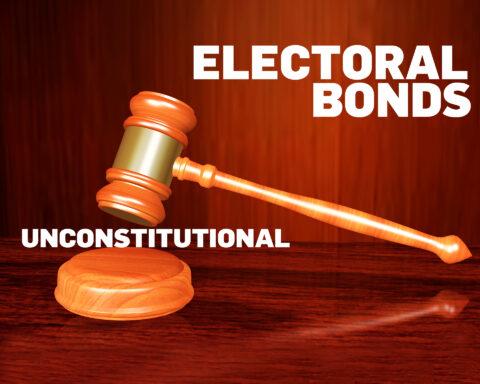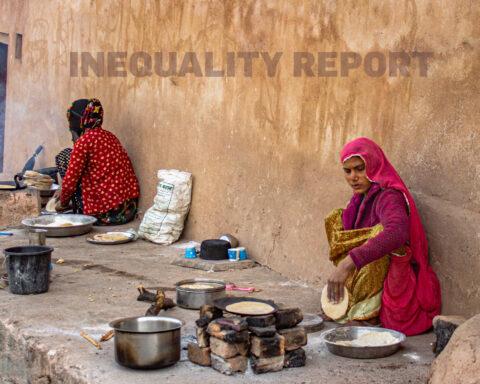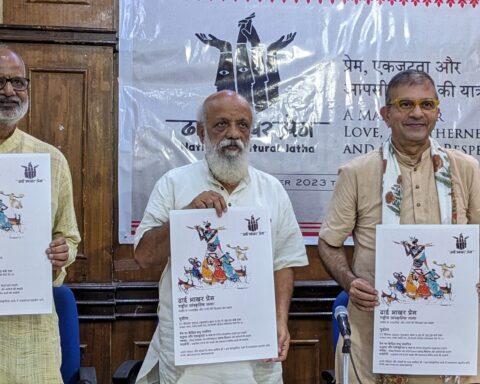In August 2021, Union Finance Minister Nirmala Sitharaman announced that the government would bring about an amendment in the appropriate law to negate the effect of the capital gains tax imposed by Pranab Mukherjee, finance minister in the UPA government, on several foreign companies through a law having retrospective effect.
This came after seven years of refusal by the Narendra Modi government to do the right thing. With remarkable lack of concern about domestic or international opinion, Sitharaman had stood her ground on a law which was poor from both moral and legal angles, legislated in 2012, allowing the government to tax capital gains from 1962. Only an unthinking leader would change – with retrospective effect – a law to gain money through such unsavoury means. Mukherjee, of course, did not live to see his blunder set aside reluctantly by a government which had come to power on the promise of good governance.
Sitharaman only accepted the inevitable when she, and her government, realised that the nation might have to face major embarrassment if any of the government’s assets were seized in a foreign country, including the aircraft of Air India or the ships of the Shipping Corporation of India, if they persisted in their wholly mistaken belief that the world would conform to their unreasonable norms. The possibility of such seizure was real, after Cairn Energy plc, a British petroleum major, moved court in France and the US (and several other countries) to enforce an award by the Permanent Court of Arbitration at The Hague, which held that the Indian government had been wrong in imposing a retrospective capital gains tax on the company, and directing that India pay around $1.2 billion (over `8,500 crore) in damages. Interest would push up the amount. A French court ordered a freeze on about 20 residential properties owned by the Indian government in Paris.




